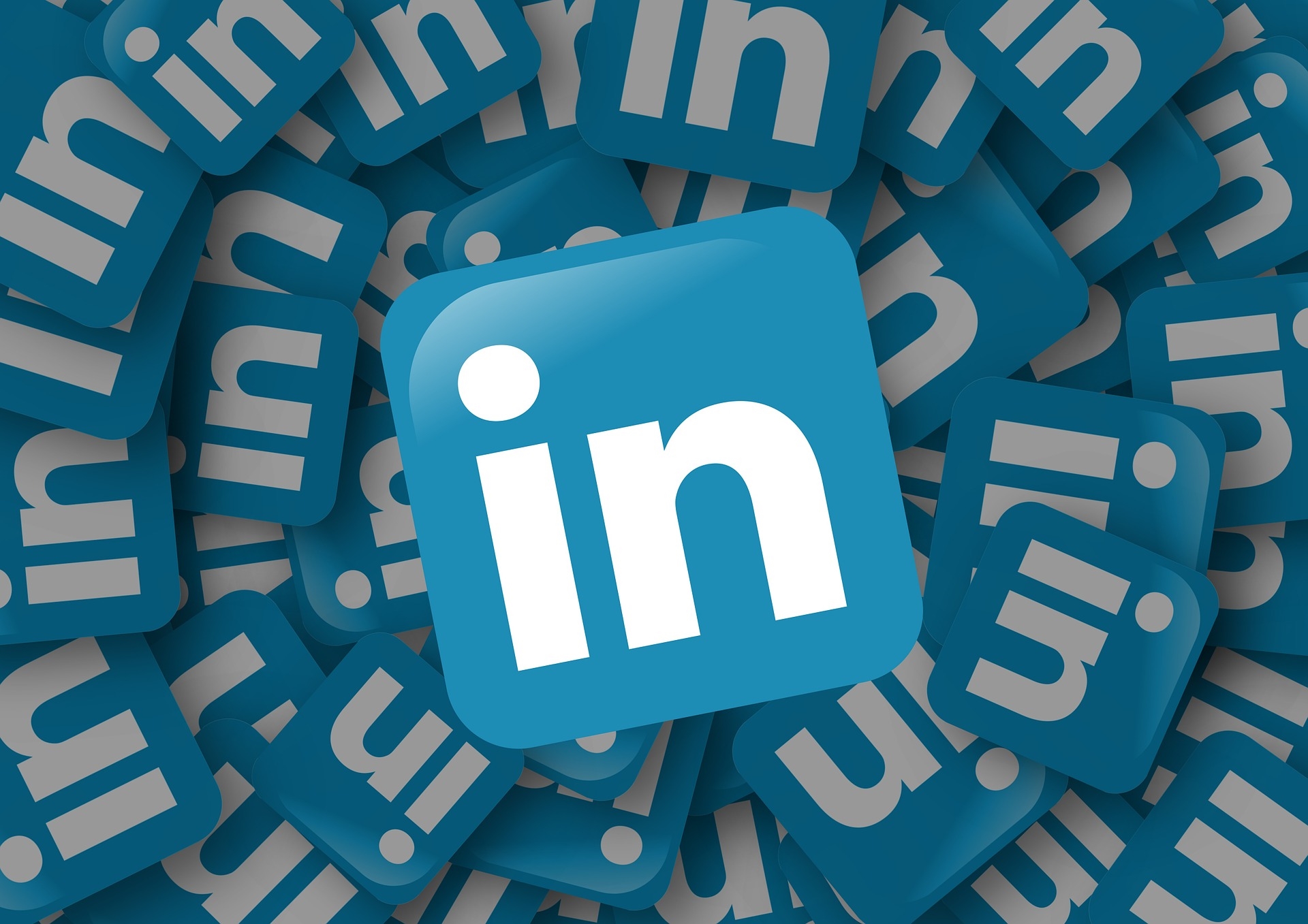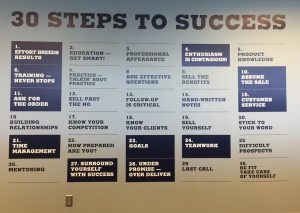 Today, I want to talk about the five biggest mistakes big businesses make on LinkedIn. This also applies to small businesses, and even solopreneurs.
Today, I want to talk about the five biggest mistakes big businesses make on LinkedIn. This also applies to small businesses, and even solopreneurs.
The first thing I will assume is that you have a business page on LinkedIn. The second thing I will assume is that some (if not all) of your employees have personal profiles attached to them.
If you are a part of the business or if you run a business, you need a business page. It’s separate from your personal profile but should be connected. You can easily create one, and that gives you a home base for your business. Without having that home base, you’re missing out on some opportunities.
First and foremost, business pages can have multiple pages below them, including what’s known as Affiliated pages, sub-pages, or brand pages associated with it. You also have the ability to run ads to promote posts and events. It also can act as a home base for your business content. Then finally, it gives you analytics. It lets you know certain information that a personal profile won’t give you.
But let’s dive into those five biggest mistakes that I think are very easily fixable by any business.
It Starts At The Top
 If you are the CEO of a company and you’re expecting your sales manager to tell your sales team to use LinkedIn, it would make sense that you should be active on LinkedIn. Your sales manager should be active on LinkedIn. You need to lead by example. Let me drop some quotes of you.
If you are the CEO of a company and you’re expecting your sales manager to tell your sales team to use LinkedIn, it would make sense that you should be active on LinkedIn. Your sales manager should be active on LinkedIn. You need to lead by example. Let me drop some quotes of you.
“The deed you do today may be the only sermon some persons will hear today” – Francis of Assisi.
“Nothing so conclusively proves a man’s ability to lead others as what he does from day-to-day to lead himself” – Thomas J. Watson.
“The three most important ways to lead people are: by example, by example, and by example” – Albert Schweitzer.
There’s one more quote I want to drop on you and it’s by somebody named Sweet Brown, whose real name is Kimberly Wilkins, and that is:
“Ain’t nobody got time for that.”
That’s one of the challenges. A CEO of a million-dollar company makes on average around $ 500 an hour, at least that’s what their time is worth to the company. So the CEO of a $ 10 million company would be worth $ 5,000 an hour. The bottom line is they tend to not want to spend time working on something like LinkedIn. But, you need to lead by example, whether you are the CEO of a $ 10 million company or the CEO of your solopreneurship. If you lead by example, if you use LinkedIn, other people will pay attention and follow.
Incomplete Profiles
The second problem I see all the time is incomplete employee profile information. If somebody works at your company and doesn’t have a professional headshot, that’s an indication that they don’t want to be engaged on LinkedIn (or at least are not very active).
Next, everybody in your company (or at least in your branch) should have a unified header. That’s the graphic that goes behind the profile picture. It should have something about your business, include your logo, and talk about what you do. When somebody sees multiple people from your company, there’s a unified message. The same goes for the About section. It’s a good idea to at least start everybody’s About section with the same message. Here’s what our company does and here’s the problems that it solves. Here’s the industries we work in. From there, it can venture off into the specifics about each person, but having that unified complete employee profile for everybody in your company is a huge advantage.
Company Ties
 The other problem that I see is people that are not tied to your specific company. I worked with a local Chicago branch of a national franchise, and half the people in that company were tied to the national brand, and the other half of the people were tied to the local brand. You want to make sure that everybody that’s working local is tied back to that local page.
The other problem that I see is people that are not tied to your specific company. I worked with a local Chicago branch of a national franchise, and half the people in that company were tied to the national brand, and the other half of the people were tied to the local brand. You want to make sure that everybody that’s working local is tied back to that local page.
If an employee’s current experience links connections to the corporate page, it could lead them down a rabbit hole that they’ll never get out of. Make sure that everybody working in your business is tied to the same business page. The way you do that is first making sure you have your own business page. Then in their employment, make sure that they put in the information that drives them to that page. If you look at my profile experience, you’ll see how it works on my B2B Interactive Marketing page.
Hanging “Chads”
The next piece is what I call Hanging “Chads”. Be on the lookout for people associated with your business page who no longer work for the company.
Maybe they have taken a new job, maybe they’re in between jobs. But the bottom line is, if they’re happy unemployed people – great. If they’re disgruntled – not so good.
Ask those people to add their latest job/company to their experience add an end date for yours so it says, “I stopped working here and now I’m working at this company”. If you can’t get ahold of them, try getting a hold of LinkedIn and see if they can help.
The other problem I see is CEOs (and other company employees) who will set up one profile, forget the email or password, and then set up a second.
Which one do you connect to? The correct one or the incorrect one? How do you know? Make sure that everybody in your company only has one profile that’s tied back to your specific business, and make sure you do your best to get rid of those hanging Chads.
Identify & Engage
The last piece of this is the biggest part, and that is to identify and engage. On your business page, you want to invite your current and even past customers to follow the page. That way, if you have events or if you post content, it will show up in their newsfeed. You’re not always going to be successful, but you can invite up to a hundred people per month to come like the page.
So do it. Go find them, make a connection with them, and invite them to like that business page. The more people that you get engaged with it, the more your content shows up.
Make sure that you’re constantly posting new content to your business page. I see a lot of people that will post things, but they’ll post it to their personal profile and they ignore the business page. I often see companies that post once a month or once a quarter to their business page, but they’re posting every single day on their personal profiles.
If you post it to the personal, you could post it to the business. That way if somebody only finds that, there’s fresh content on your business page. Then, the final thing to make sure you are doing is engaging in conversations. If people comment, if people like, if people share anything from your business page, make sure you acknowledge them by commenting back or sending them a direct message. The more you engage with people, the more they appreciate it, and the more LinkedIn appreciates it by showing your content more often in newsfeeds.
Final Thoughts
That, my friends, is the five key things that you have to be thinking about from a business page standpoint. It takes a little work to make sure everything is cleaned up, especially since LinkedIn is a free (for the most part) social networking platform, and they offer very limited technical support. It’s an uphill battle, but it’s one that you can only win if you start running uphill.
I would love to hear your thoughts on this. Comment below and share your thoughts, ideas, or questions about LinkedIn business pages. Have you had to overcome any of the presented concepts? What worked and what did not live up to your expectations? Do you have any ideas or advice you could share?
Digital & Social Articles on Business 2 Community
(51)
Report Post






